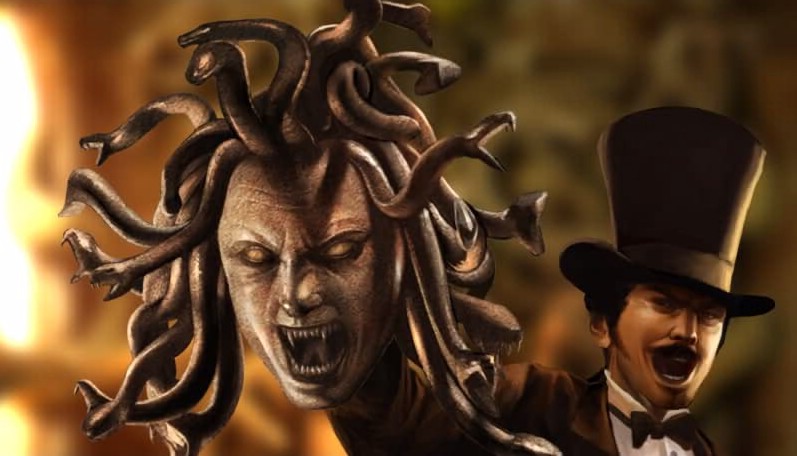

Herzog told me that he was a youth in Germany when he saw Kinski for the first time: “At that moment I knew it was my destiny to make films, and his to act in them.” Here he plays the strongest-willed of the conquistadors. He has haunted blue eyes and wide, thick lips that would look sensual if they were not pulled back in the rictus of madness. If the music is crucial to “Aguirre, the Wrath of God,” so is the face of Klaus Kinski. I believe he wants his audiences to feel like detached observers, standing outside time, saddened by the immensity of the universe as it bears down on the dreams and delusions of man. His stories begin in a straightforward manner, but their result is incalculable, and there is no telling where they may lead: They conclude not in an “ending” but in the creation of a mood within us - a spiritual or visionary feeling. I emphasize the music because the sound of a Herzog film is organically part of its effect. All these tapes are running at the same time, and there is a keyboard on which you can play them like an organ so that sound just like a human choir but yet, at the same time, very artificial and really quite eerie.” For this opening sequence, Herzog told me, “We used a strange instrument, which we called a ‘choir-organ.’ It has inside it three dozen different tapes running parallel to each other in loops. It is by Florian Fricke, whose band Popol Vuh (named for the Mayan creation myth) has contributed the soundtracks to many Herzog films. It is haunting, ecclesiastical, human and yet something else. They are dressed for a court pageant, not for the jungle. These men wear steel helmets and breastplates, and carry their women in enclosed sedan-chairs.

The opening shot is a striking image: A long line of men snakes its way down a steep path to a valley far below, while clouds of mist obscure the peaks. It tells the story of the doomed expedition of the conquistador Gonzalo Pizarro, who in 15 led a body of men into the Peruvian rain forest, lured by stories of the lost city. Werner Herzog’s “Aguirre, the Wrath of God” (1973) is one of the great haunting visions of the cinema.


 0 kommentar(er)
0 kommentar(er)
